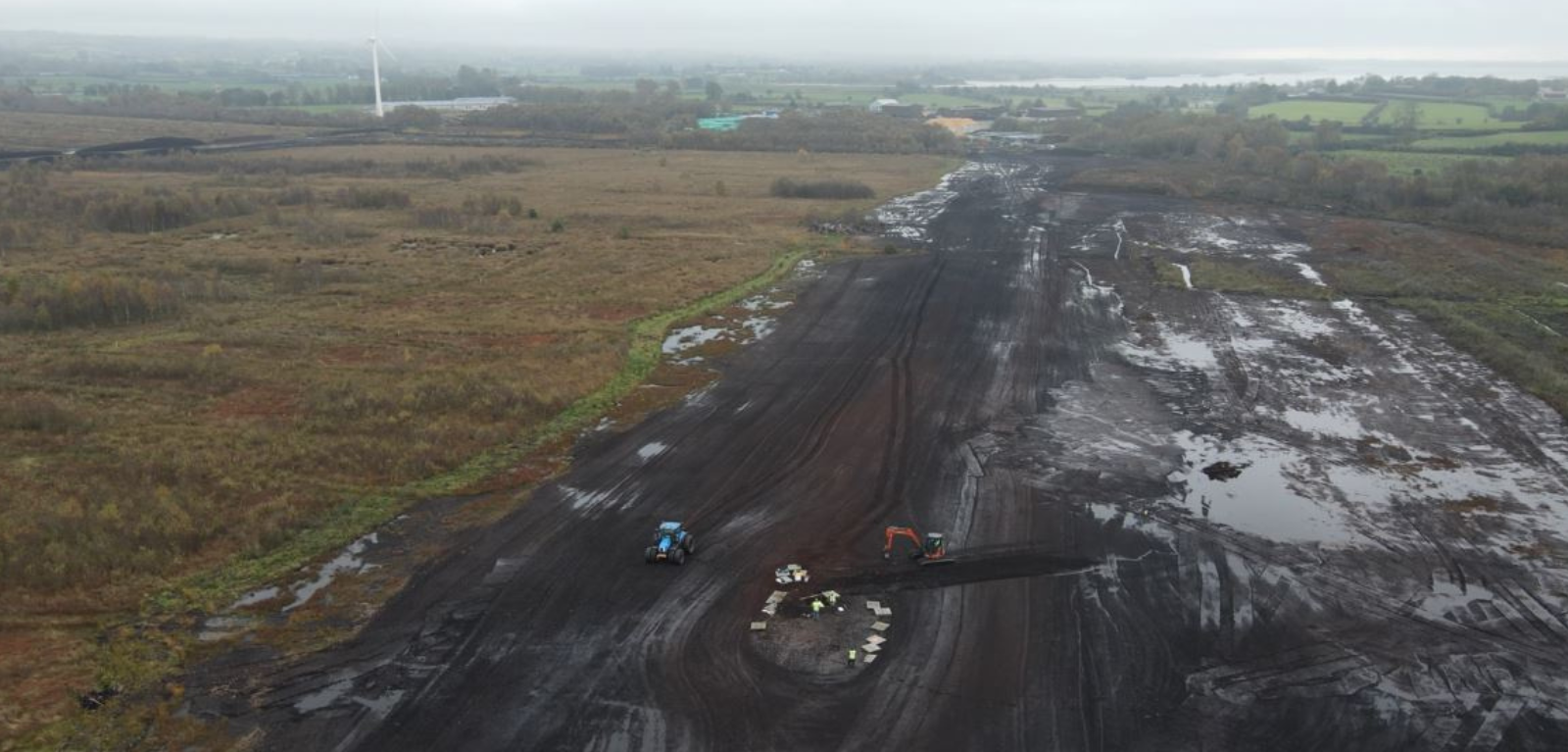Research suggests ancient human remains found in Bellaghy likely to be female
New research into ancient human remains discovered in Bellaghy has revealed that what was potentially thought to be a male, is in fact most likely a decapitated female aged between 17 and 22 years old.

The remains were found in October 2023 and initial reporting was done by the Archaeological Unit within the Police Service of Northern Ireland’s Body Recovery Team.
Further research has now provided new insights into this remarkable discovery. Led by National Museums NI, the year-long study has involved collaboration with a number of archaeological and forensic partners across Europe, including Queen’s University researchers.
They have been working with the PSNI, National Museums of Ireland, Trinity College Dublin, University College Dublin, the University of Copenhagen, the University of Glasgow, and the University of Bradford.
Dating to approximately 343 to 1 BCE, the remains are over 2,000 years old, and from the prehistoric period known as the Iron Age. Osteoarchaeological analysis has now revealed the body to be female, a discovery made all the more significant as the majority of bog preserved individuals that have been found from this period are male.
The individual had an estimated stature of around 5 foot 6 inches (1.7m). While the body was well preserved, the skull was absent and was not recovered. Cut marks on the neck vertebrae indicate the cause of death as an intentional decapitation in the bog. This may be part of a pattern of ritual and sacrifice during the Iron Age period.
Part of a woven item made of plant material was also recovered from below the knees and is thought to be part of an associated artefact. The museum is currently working with specialists to identify what this artefact could potentially be and are describing it as a woven plant-based fabric, likely associated with the individual and dating to this period.
As per the naming convention applied to similar discoveries – the townland where remains are found paired with the sex of the individual – the remains will now be referred to as the “Ballymacombs More Woman”.
Professor Eileen Murphy from the School of Natural and Built Environment at Queen's carried out the osteological assessment which provided a biological profile for the individual and ascertained the cause of their death.
She explains: “It was a privilege to undertake the osteological analysis of these important, but also very poignant, archaeological human remains."
Professor Murphy adds: “As is the case for so many Iron Age bog bodies, the young woman suffered a highly violent death which involved the flow of blood from her throat followed by decapitation. The head was taken away, but the body was left where it fell only to be discovered by machine workers some 2000 years later. Further scientific analysis, including the conclusion of an aDNA analysis, will no doubt yield more fascinating findings.”
Professor Gill Plunkett, also from the School of Natural and Built Environment, examined the peat at the burial location to investigate what it could reveal about the local environment at the time of the burial.
She explains: “Peat is composed of partly decomposed bog plant remains. We have studied what plants are preserved within the peat, including a sample of peat stuck to the woven item that was under the body. We can tell that the body was placed onto a mossy surface, and not into a pool as other bog bodies were.
“Unfortunately, the peat above the body was removed by peat harvesting, so we don’t know if the woman’s remains were covered or not, but she can’t have lain exposed for very long or her remains would not have been preserved.”
Niamh Baker, Curator of Archaeology at National Museums NI, says: “Ballymacombs More Woman is certainly one of the most important archaeological discoveries on the island of Ireland.
“This important discovery gives us a glimpse into the lives of the people of our ancient past and offers insights into how they lived, interacted with their environment, and developed their cultures.
“As the organisation with statutory responsibility for acquiring, curating and conserving nationally significant archaeological finds in Northern Ireland, we immediately understood how a thorough research process would be required to ensure that this discovery was managed professionally and ethically to unlock her valuable story.”
The remains and artefact have now been transferred from the State Pathology Laboratory to National Museums NI where they are currently being closely monitored by the conservation team before a final phase of preservation treatment.
Media
For media inquiries, please contact emma.gallagher@qub.ac.uk